Docker top (18) images and solutions

I’ve been using Docker since 2014, and up until now have tested a large number of various images. Some official some community-driven but no matter who is maintaining it, if it’s a useful product that I need I’ll use it.
So this is the list of my top images that I can’t function without on a daily basis.
01 Bitwarden
* self-hosted; open source
* docker image: https://hub.docker.com/r/bitwardenrs/server
* URL: https://bitwarden.com

This product has changed my point of view regarding security for sure. I have to admit I was never a fan of password managers but BW as a self-host solution has changed that. Never wanted to have to pay for a password manager let alone to have the data hosted God knows where. BW with its host model and the fact that it’s supported on all major desktop and mobile platforms as well as a browser plugin has quickly made it to the top of my list. If you are in the market for a password manager, look no further. More info on how to set it up in your Docker environment have a look here:

02 Mattermost
* self-hosted; open source
* docker image: https://github.com/mattermost
* URL: https://mattermost.com/

Rocket chat as an image and app has got in my scope about 3y ago but only about Mattermost is a powerful collaboration platform designed to enhance team communication and productivity. It provides a secure and scalable messaging solution that can be self-hosted on-premises or in the cloud. With Mattermost, teams can streamline their workflows, share knowledge, and make faster decisions.
One of the key features of Mattermost is its centralized messaging system. It allows teams to communicate in real-time through channels, direct messages, and group chats. These conversations can be easily organized and archived, ensuring important information is never lost. Additionally, Mattermost supports rich media sharing, including files, images, and videos, making it convenient for teams to collaborate and relay ideas.
Mattermost also offers powerful integrations with popular tools and services, allowing teams to bring together all their communication and collaboration needs in one platform. It seamlessly integrates with tools like Jira, Bitbucket, and GitHub, enabling developers to receive live updates and notifications directly within their Mattermost workspace. Moreover, Mattermost provides third-party app integrations and an open API, allowing developers to customize and extend the platform to meet specific requirements.
With its emphasis on security and privacy, Mattermost ensures that team communication remains confidential. It offers end-to-end encryption for messages and data, granular access controls, and compliance with industry standards such as GDPR and HIPAA. These features provide teams with peace of mind and foster a secure work environment.
In summary, Mattermost is a versatile collaboration platform that offers real-time messaging, rich media sharing, extensive integrations, and robust security features. It empowers teams to communicate effectively, streamline their workflows, and improve overall productivity.
On how to set it up have a look here:
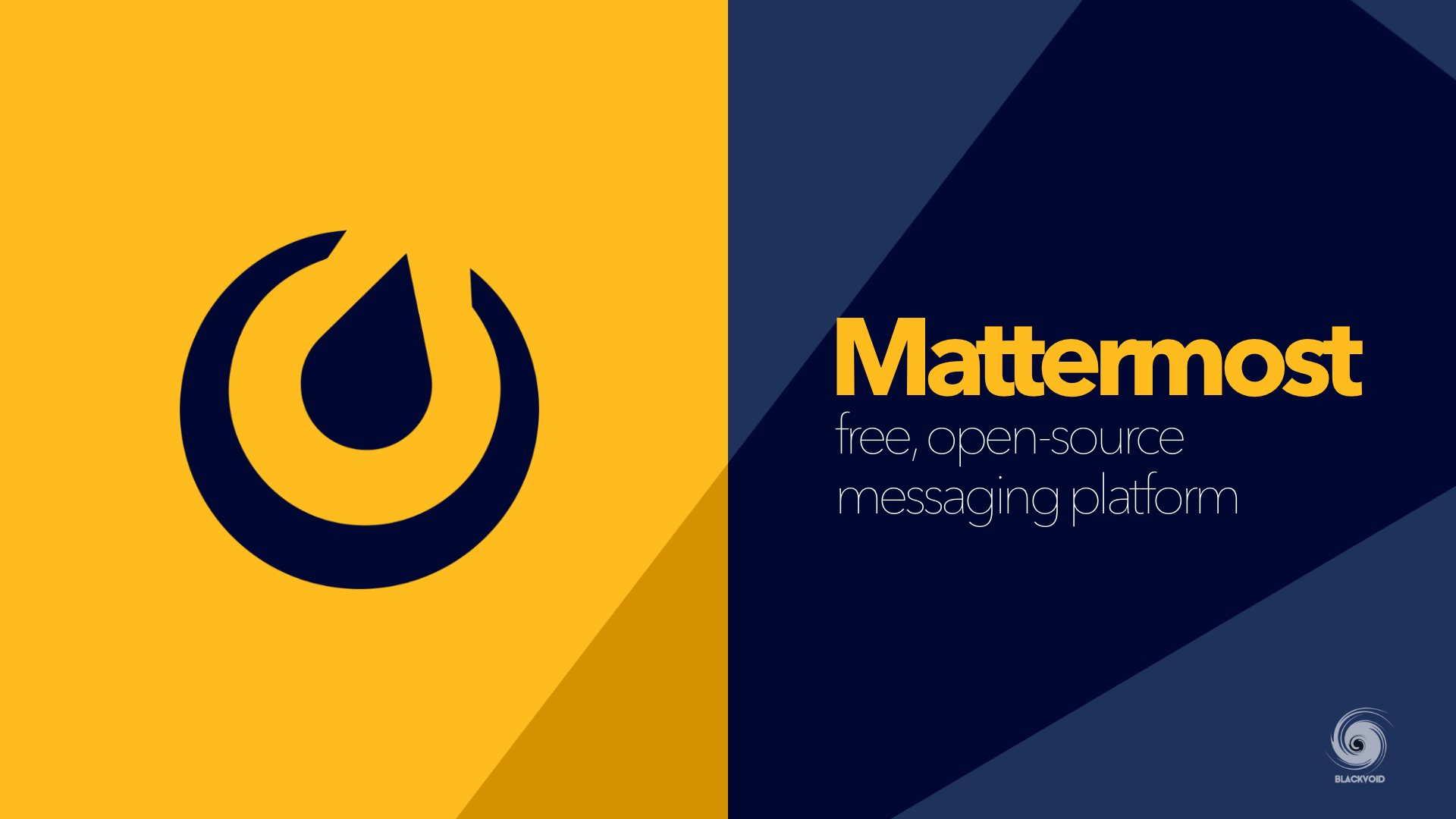
03 Grafana
* self-hosted; open source
* docker image: https://hub.docker.com/r/grafana/grafana
* URL: https://grafana.com
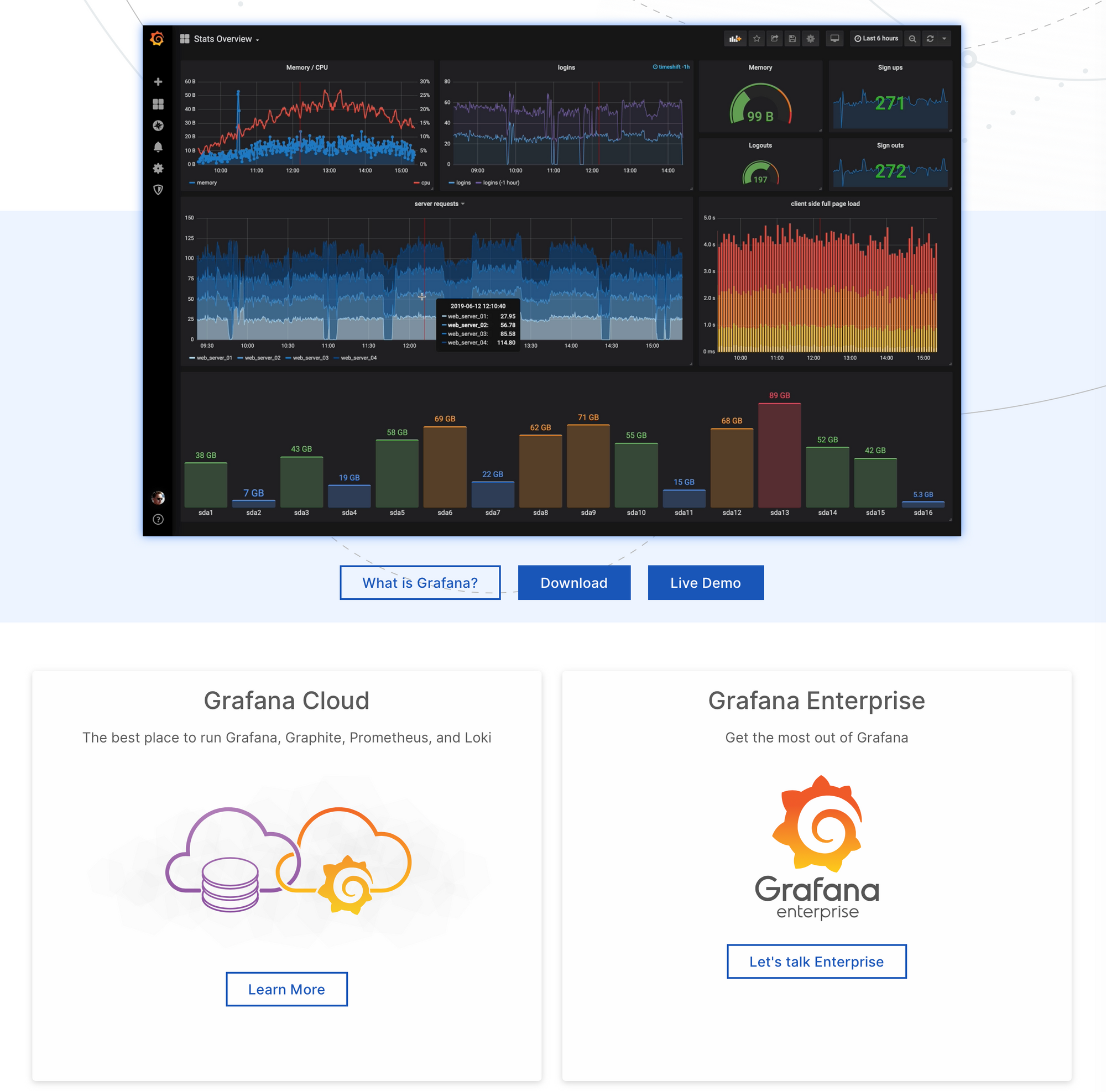
Yet another self-hosted solution out there and IMHO one of the best for all your dashboard needs. It’s graphs, charts, or any other table metric that you want to present in almost any way imaginable, Grafana is the solution for you. With a large number of potential data sources, you can monitor and display any device that you own. From a weather station to any IoT laying around as well as your NAS, PC, smart devices, etc. Personally, I use Grafana to monitor all my NAS devices because the Resource Monitor in DSM is... well, you know. More details on other various Grafana Labs solutions:
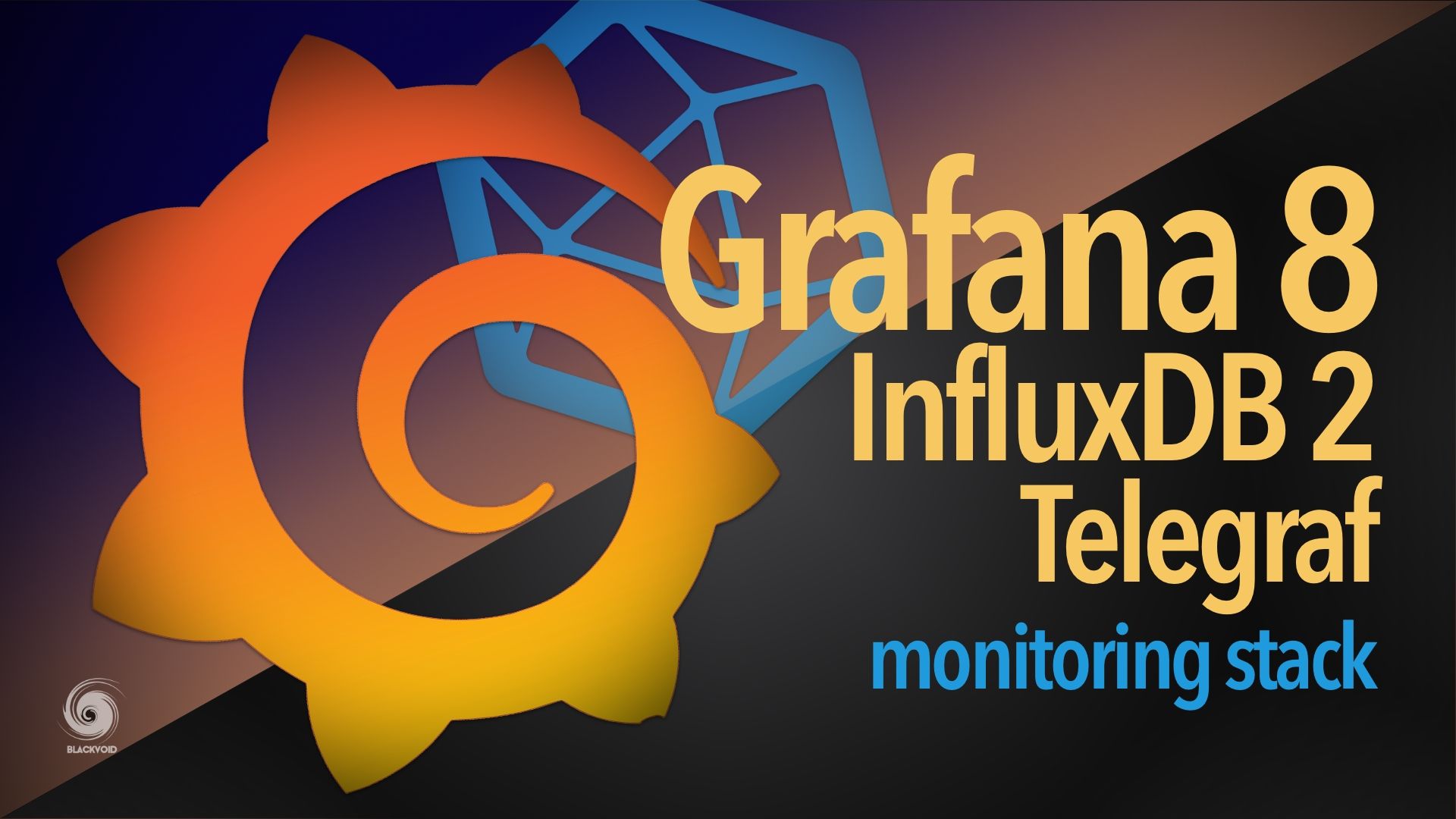
04 Portainer
* self-hosted; open source
* docker image: https://hub.docker.com/r/portainer/portainer-ce
* URL: https://www.portainer.io
c
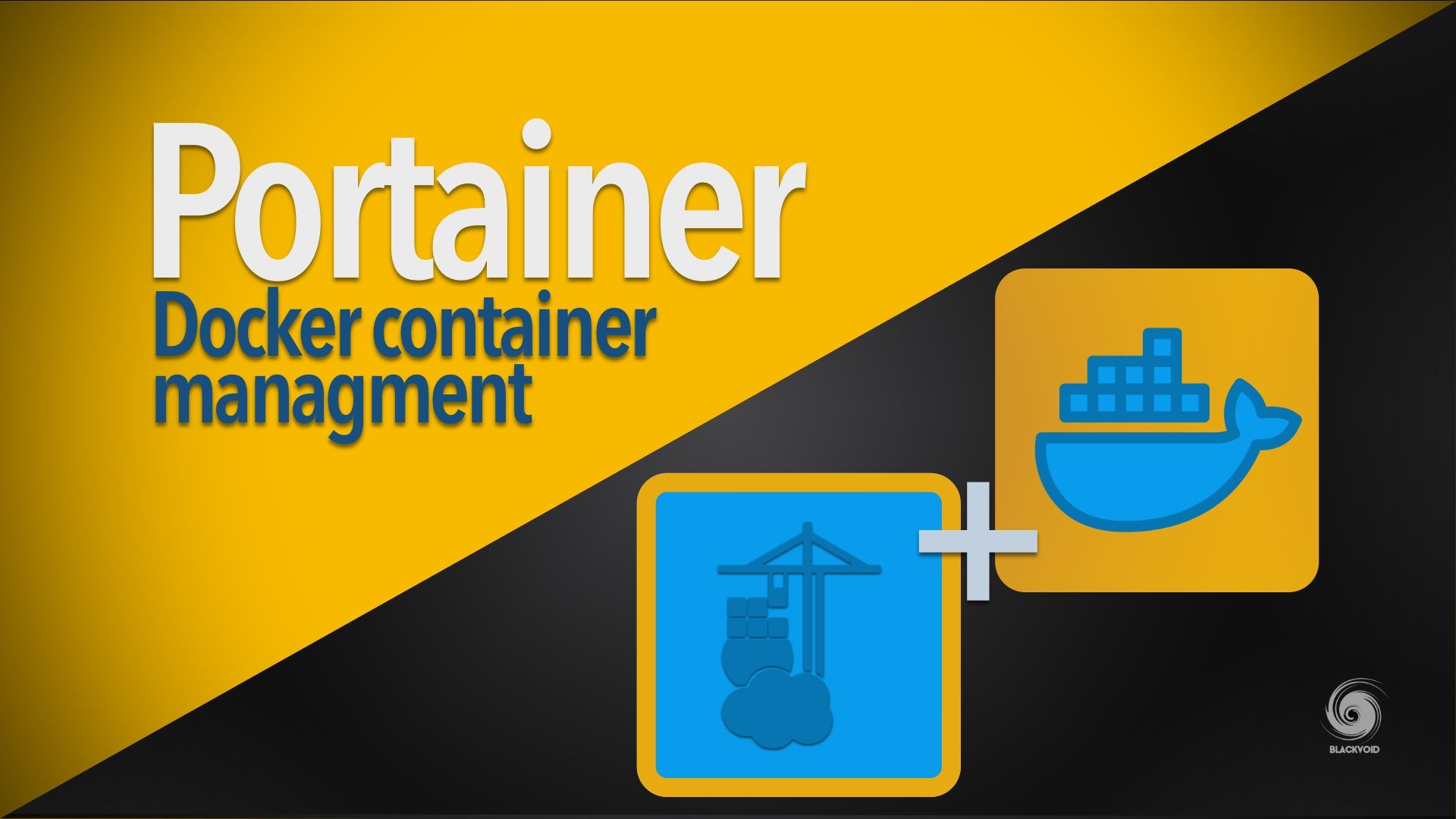
If you start getting into the Docker universe you will quickly realize that using Synology Docker UI has its advantages but also has a few disadvantages. One of those disadvantages is for example an overview of your volumes in use, unused images, the option to deploy containers that require mapping to some sections of your host that are not accessible via DSM UI, and so on. Portainer is a web UI platform that will connect to your docker host and allow you to fully use all of Docker potential (if you are not into CLI). Another great thing is that if you are running multiple docker hosts then you can add access to them via a single Portainer UI, eliminating the need for multiple Portainer instances. Under regular development, Portainer is simply a must for any Docker user. Read on all Portainer articles:

05 Ghost (blog)
* self-hosted; open source
* docker image: https://hub.docker.com/_/ghost
* URL: https://ghost.org

Believe it or not, this was the first Docker image that I have ever tested. This was also the first image that thought me what a mapped volume is and how you can use it for days and days and then just lose it all after a single reboot. Fun time ha? Joke aside. This blog is running Ghost as its backend and it keeps getting better and better. Still no matter how powerful, stable and easy it is to use, it’s not without its minuses. If I had to point fingers I would mention two of them. First, comments. Ghost does not have a built-in comment feature. Shame really, but still it opens up possibilities to run your custom solution, such as Commento that this blog is also running (my 6th place app). Also, search. Search as a function is also missing. But let me clarify. The search inside Ghost does exist but it can’t be used to search articles or their content. Shame and kind of strange right? Still, just like with comments, there are third-party solutions for that that works great (also implemented on this blog). All in all, I see no reason to change my blog platform anytime soon. Self-hosted, completely, custom, and open, what more could you want?
06 Commento
* self-hosted; open source
* docker image: https://gitlab.com/commento/commento (pulled via ssh)
* URL: https://commento.io

As I previously mentioned Ghost is running without any commenting features or options. I didn’t even wanna start with this blog if it didn’t have a commenting section and I refused to use some other free or commercial options out there. Commento is a private, anonymous commenting solution that works with many blog platforms and allows you to use one Commento instance and deploy it on multiple sites (domains) that you own. In active development, this light solution is great for all your small or major needs. If you are interested in how to use it and deploy it have a read here:

07 Tiny Tiny RSS (TTRSS)
* self-hosted; open source
* docker image: https://hub.docker.com/r/wangqiru/ttrss
* URL: https://tt-rss.org
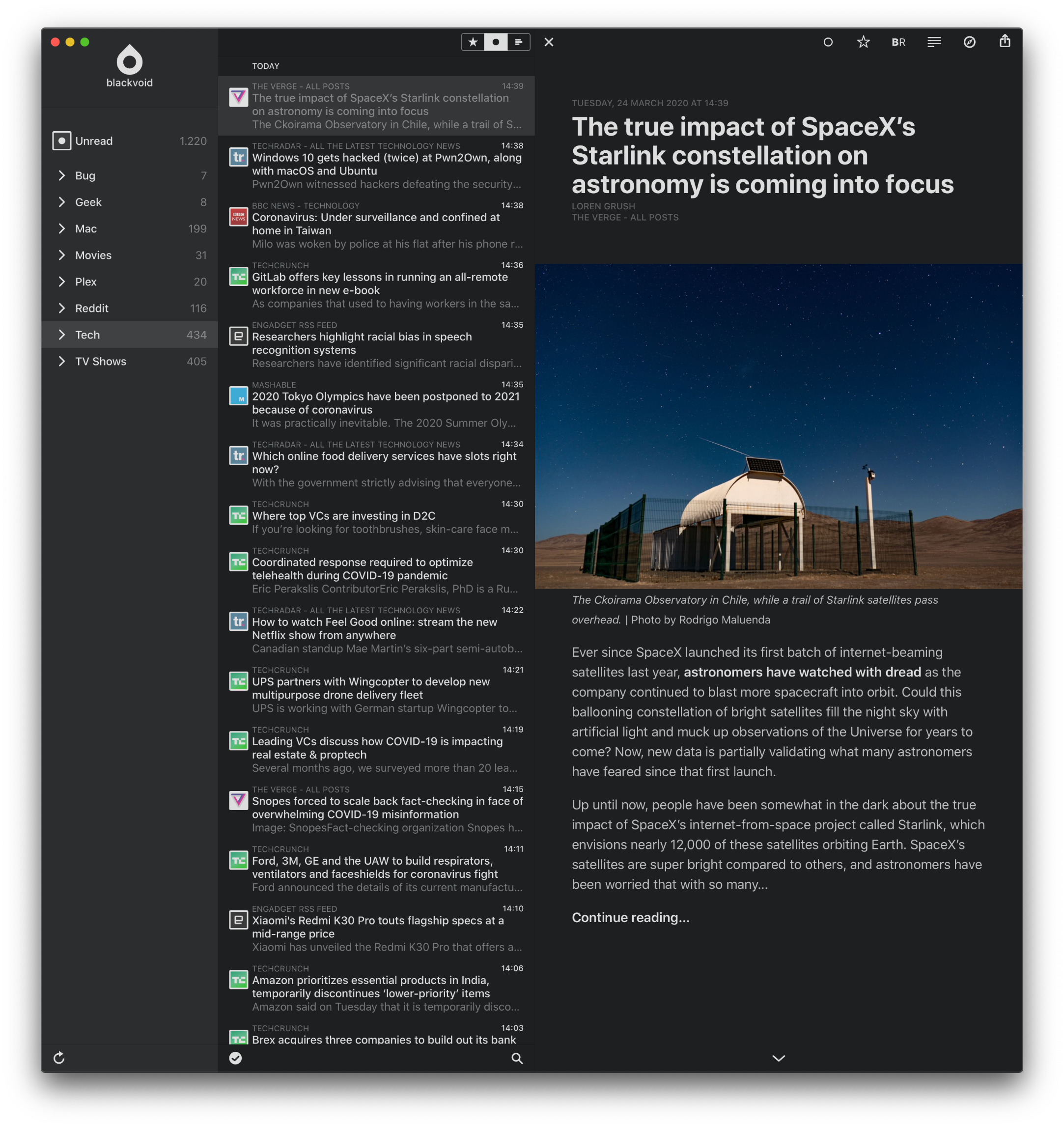
O, boy. I have no idea how I would function without RSS as my main source of information. Just to make one thing clear. I hate reading news portals, ads, popups, and anything else that can keep me away and distracted from the actual information that I need. Reader mode in a browser is fine, but having a single solution for all your news sources, that’s what TRSS is all about. As one of few news aggregator solutions out there that you can host yourself, it's been on my top 10 list for a long long time. I honestly can’t recall when was the last time that I read news or articles and not initiated it from within an RSS application. More info here:

08 Radarr
* self-hosted; open source
* docker image: https://hub.docker.com/r/linuxserver/radarr
* URL: https://radarr.video
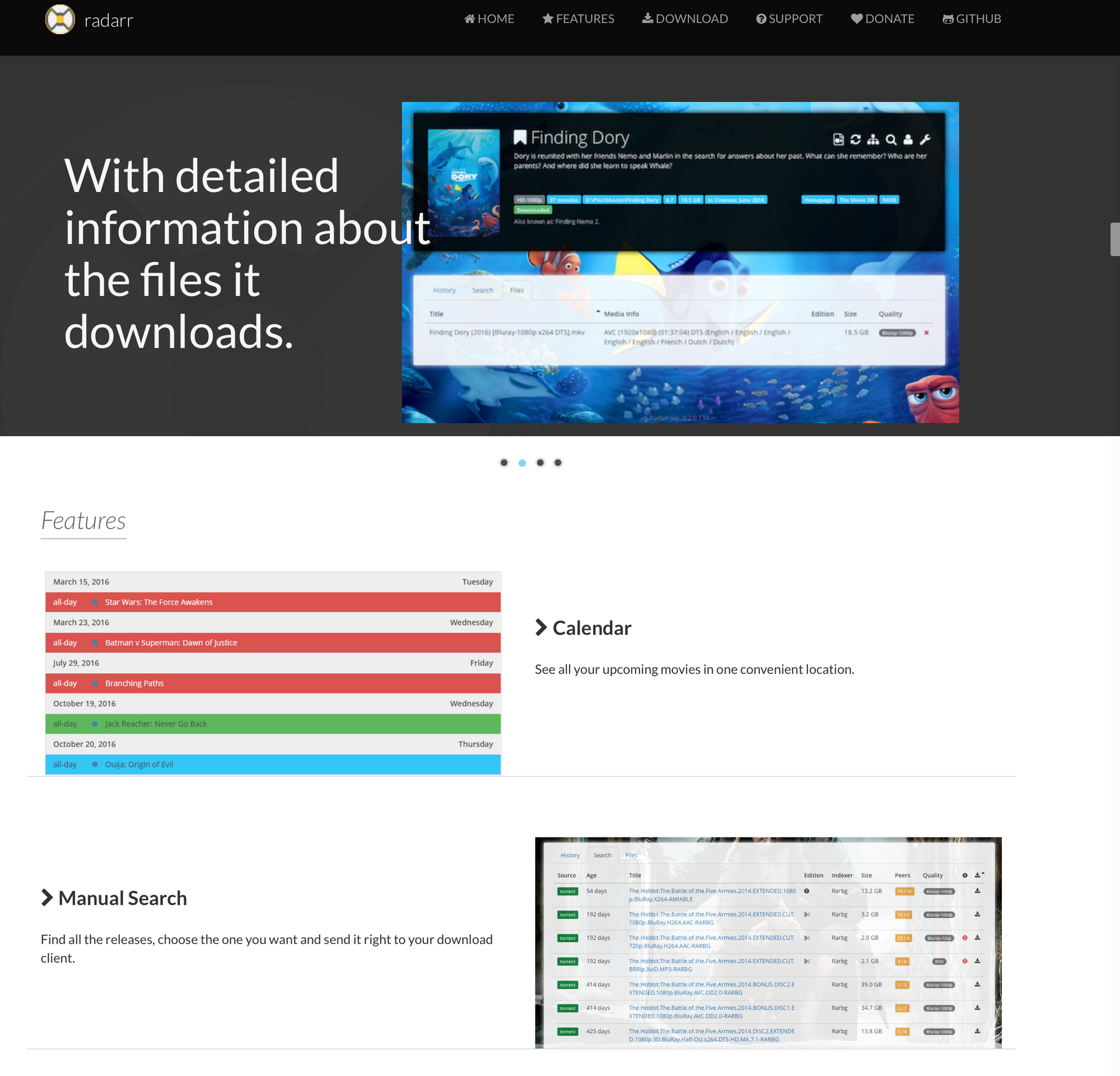
Now, this is a platform that I can’t live without as well. Staying on top of all the media coming out these days, Radarr is an open-source project for all your movie needs. Simply put, if you are looking to have your movie media up to date with the latest movies, Radarr is the tool for you. No other comes close to it and that's final. It takes a bit of time to get it up and running (configuration vise) but once you are done, it's fire and forget. With options to connect to your IMDB, trakt.tv and similar movie list, getting new titles in its scope will be simple as pushing a button. Depending on how well you wanna streamline your whole Radarr setup, you can have it fully automatic from start to finish. Give it a spin and see for yourself.
09 Sonarr
* self-hosted; open source
* docker image: https://hub.docker.com/r/linuxserver/sonarr
* URL: https://sonarr.tv
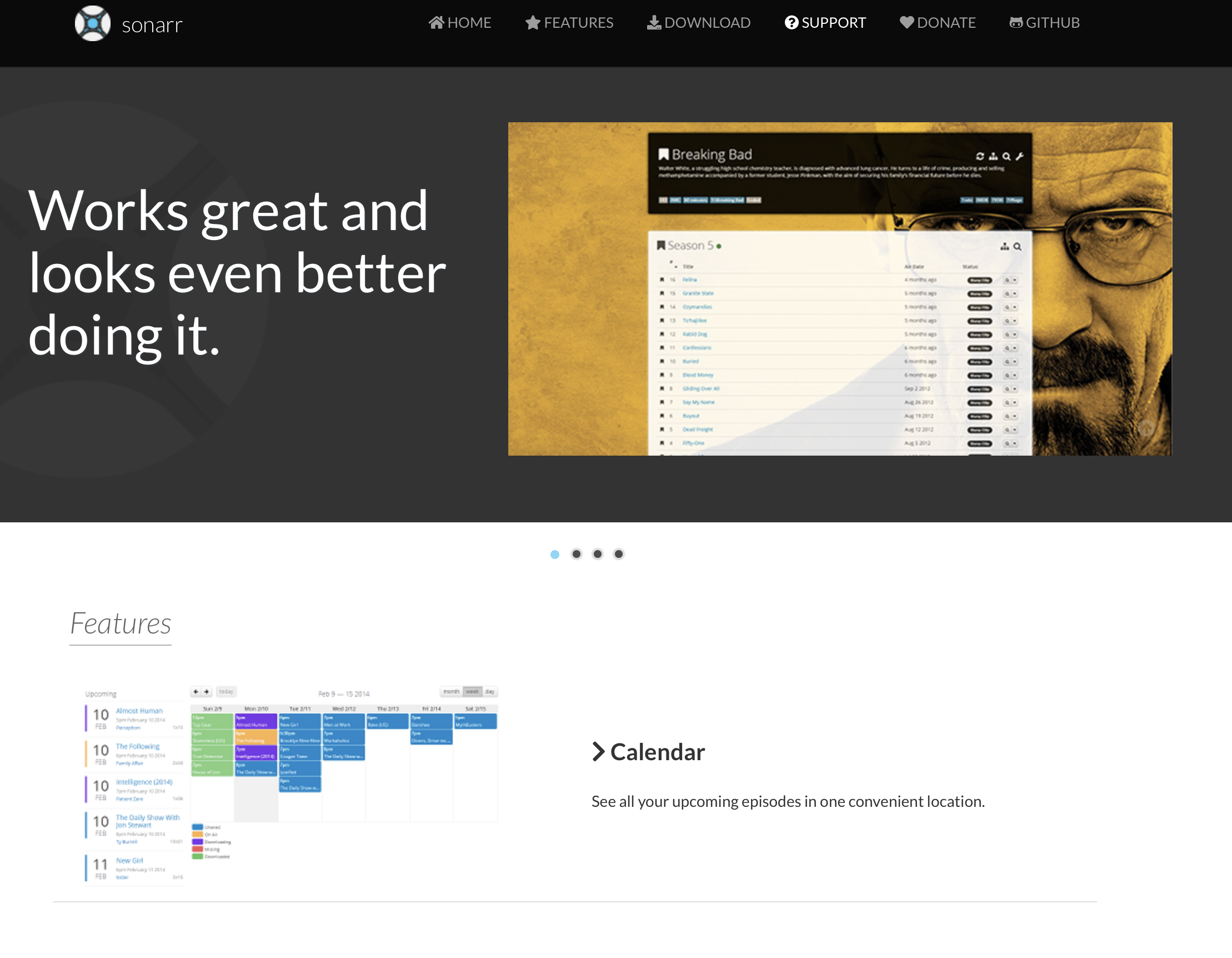
Just like Radarr, Sonarr is the same solution only for TV shows. If movies are not your cup of tea, maybe tv shows are (personally I prefer a great tv show over a movie any day). Radarr and Sonarr are usually on people's list back to back, considering how much content is coming out these days so if you wanna stay current on your favorite tv show, Sonarr is the platform for you.
10 Tautulli
* self-hosted; open source
* docker image: https://hub.docker.com/r/linuxserver/tautulli
* URL: https://tautulli.com
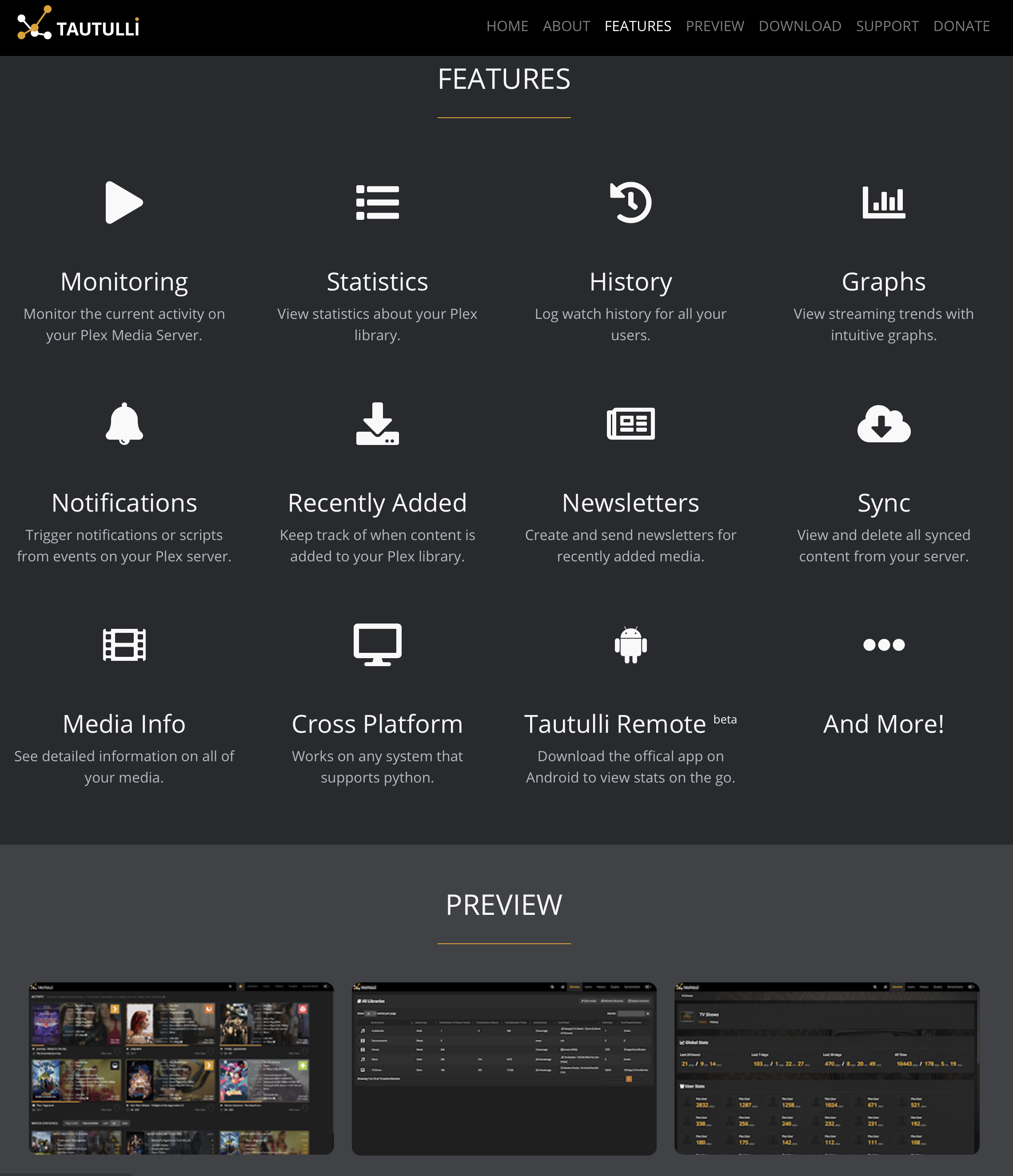
Lastly, No10. Tautulli is also known as PlexPy is a PLEX metric system that was developed as a result of poor options within the Plex server (a while back). Since a few years back, you couldn’t get any info on how much time you have spent watching your Plex content, how many users you have and what are they watching, what was the top tv show last month that anyone using your Plex server was watching etc… Now someone might say, why do I need all that, but If you are sharing your server with friends and family, keeping track and staying on top of things will become important. I said a moment ago that this was the case since a few years back, but things have changed. Nowadays, Plex server also offers certain (not all) features that Tautulli does as well. Just to make it clear, Tautulli is still the best and this and its features are second to none, including the Plex server. So, if you wanna know every little hidden detail of your Plex server and its usage and users, Tautulli is your platform.
11 Standard Notes
* self-hosted; open source
* docker image: https://hub.docker.com/u/standardnotes
* URL: https://standardnotes.org
* GIT: https://github.com/standardnotes
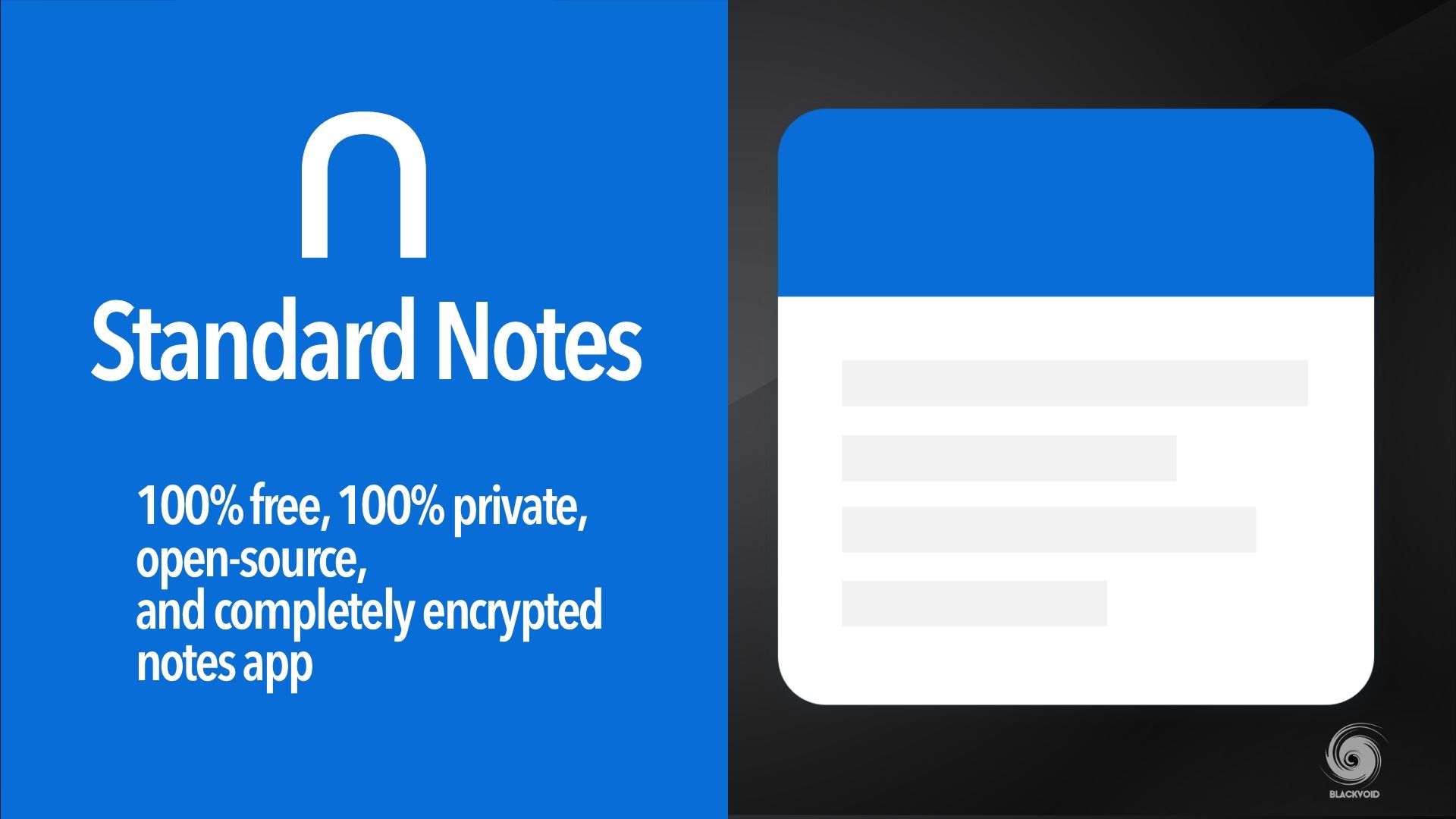
Having a note-taking app nowadays is nothing special. There is a ton of them out there. Some are free, some are not, some are better than others, but most of the time these are solutions that are "cloud" based. Meaning your data is stored somewhere that you can't control.
With SN you can have a complete solution running on your end. Including the main server part as well as the web client and all other custom extensions that this platform offers. Being under constant development, this platform keeps getting better, more secure, and moving up on my list of favorite note-taking apps that work on all desktop and mobile platforms today.
How to run your solution be sure to check my article here.
12 NGINX proxy manager
* self-hosted; open source
* docker image: https://hub.docker.com/r/jc21/nginx-proxy-manager
* URL: https://nginxproxymanager.com
* GIT: https://github.com/jc21/nginx-proxy-manager
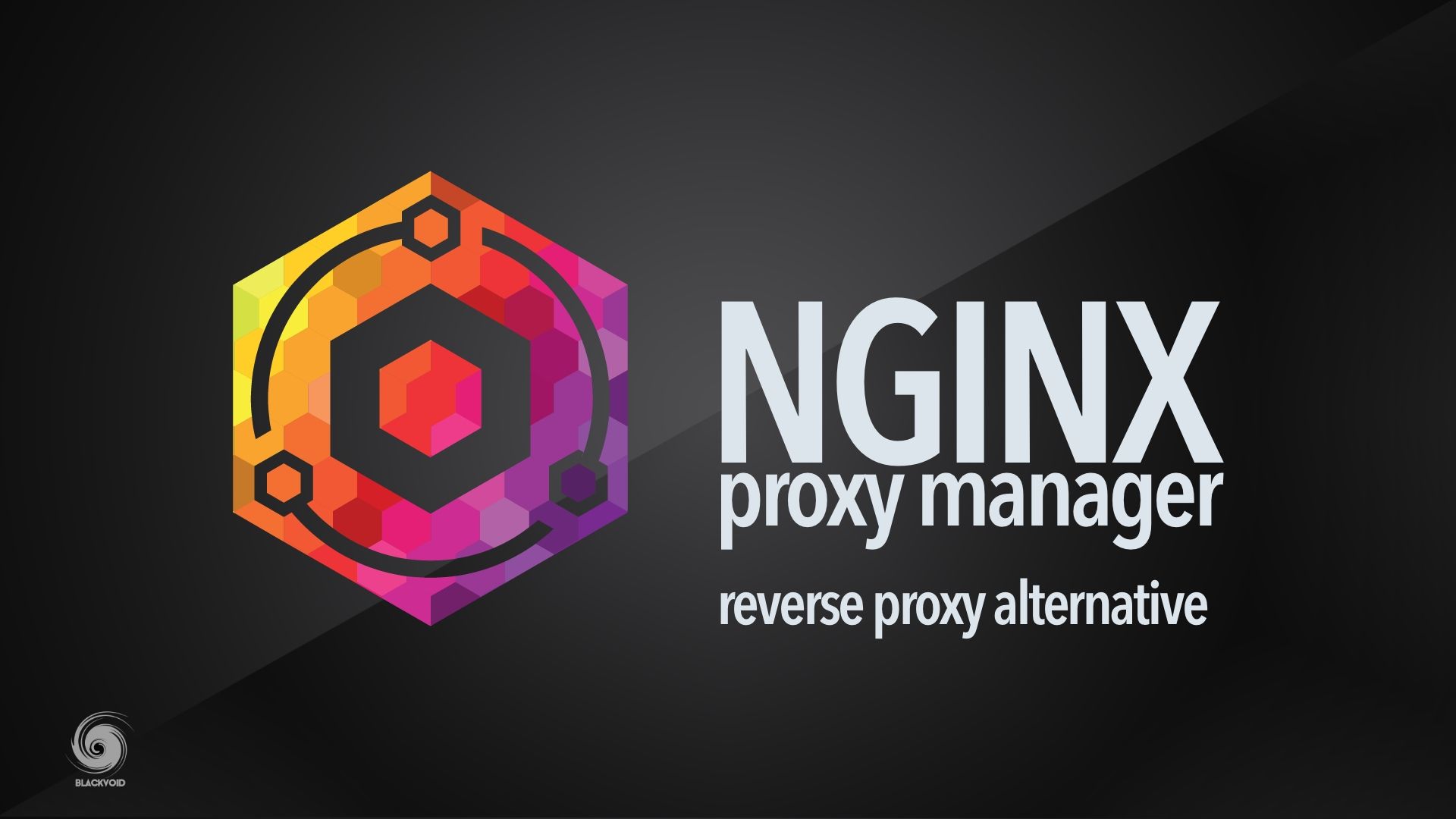
For years I have been using the default NGINX reverse proxy platform that comes with Synology DSM, but if you need something more powerful to get all your reverse needs covered, look into the NGINX proxy manager.
The platform is well designed, offers a nice web UI to get things done and you will probably never again go back to any other version out there.
Have a look at how easy it is to get it up and running:
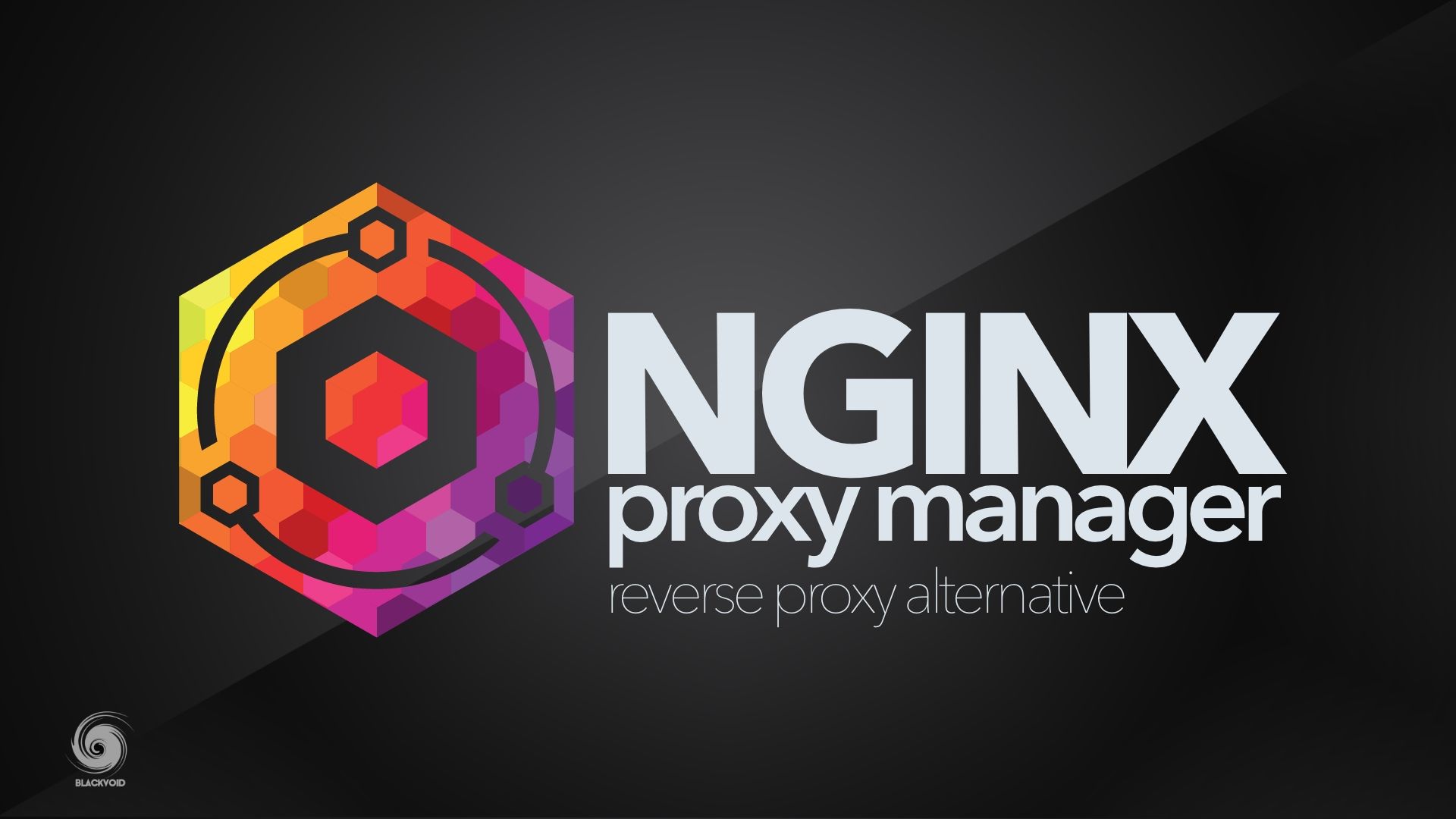
13 Bookstack
* self-hosted; open source
* docker image: https://hub.docker.com/r/linuxserver/bookstack
* URL: https://www.bookstackapp.com
* GIT: https://github.com/BookStackApp/BookStack
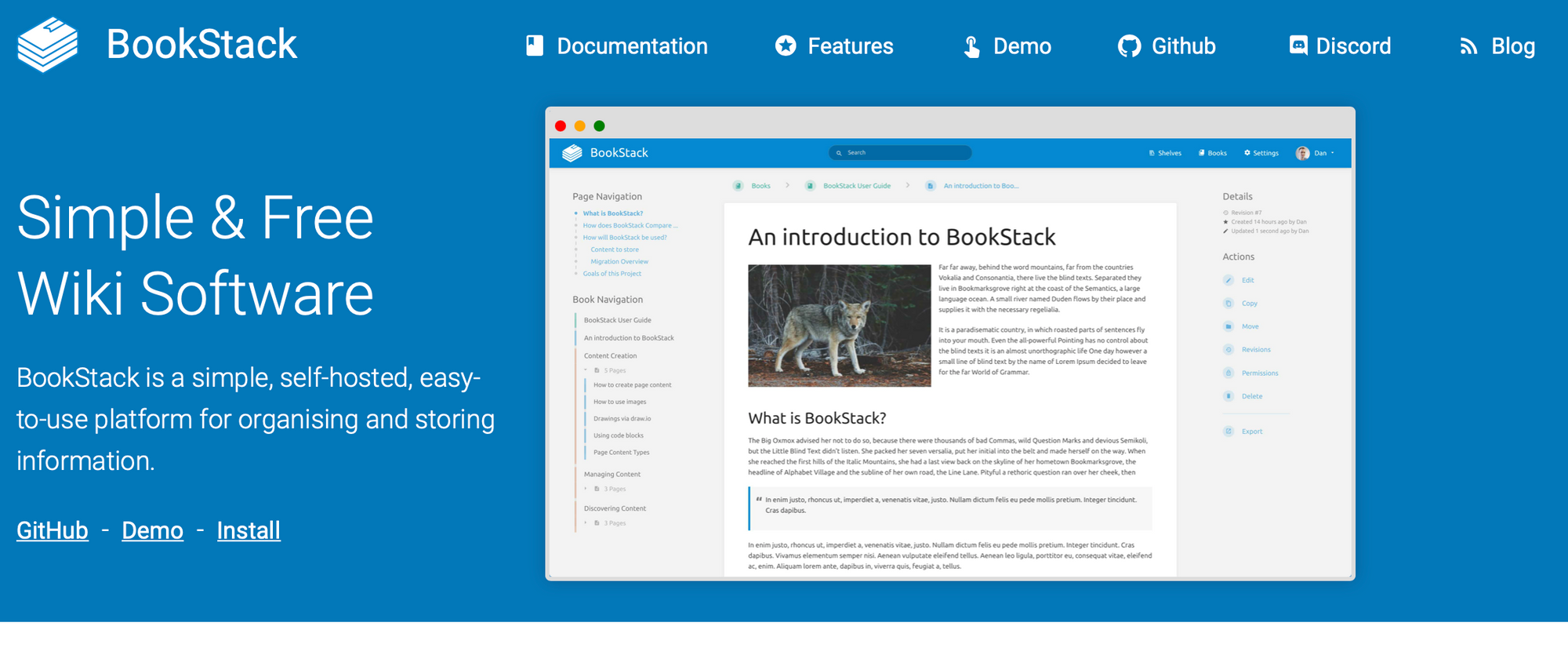
The more and more I get into self-hosting the more I have needed a wiki platform for documentation and keeping track of all of the custom code and docker-compose files as well as all the little bits that I don't consider a "note" class record.
Again, as with any platform out there today, the wiki is definitely one category that is saturated with solutions, but for me, Bookstack is the option that I went for. Under constant development, very stable and fast, and it supports all the features that I need. Worth looking into for sure.
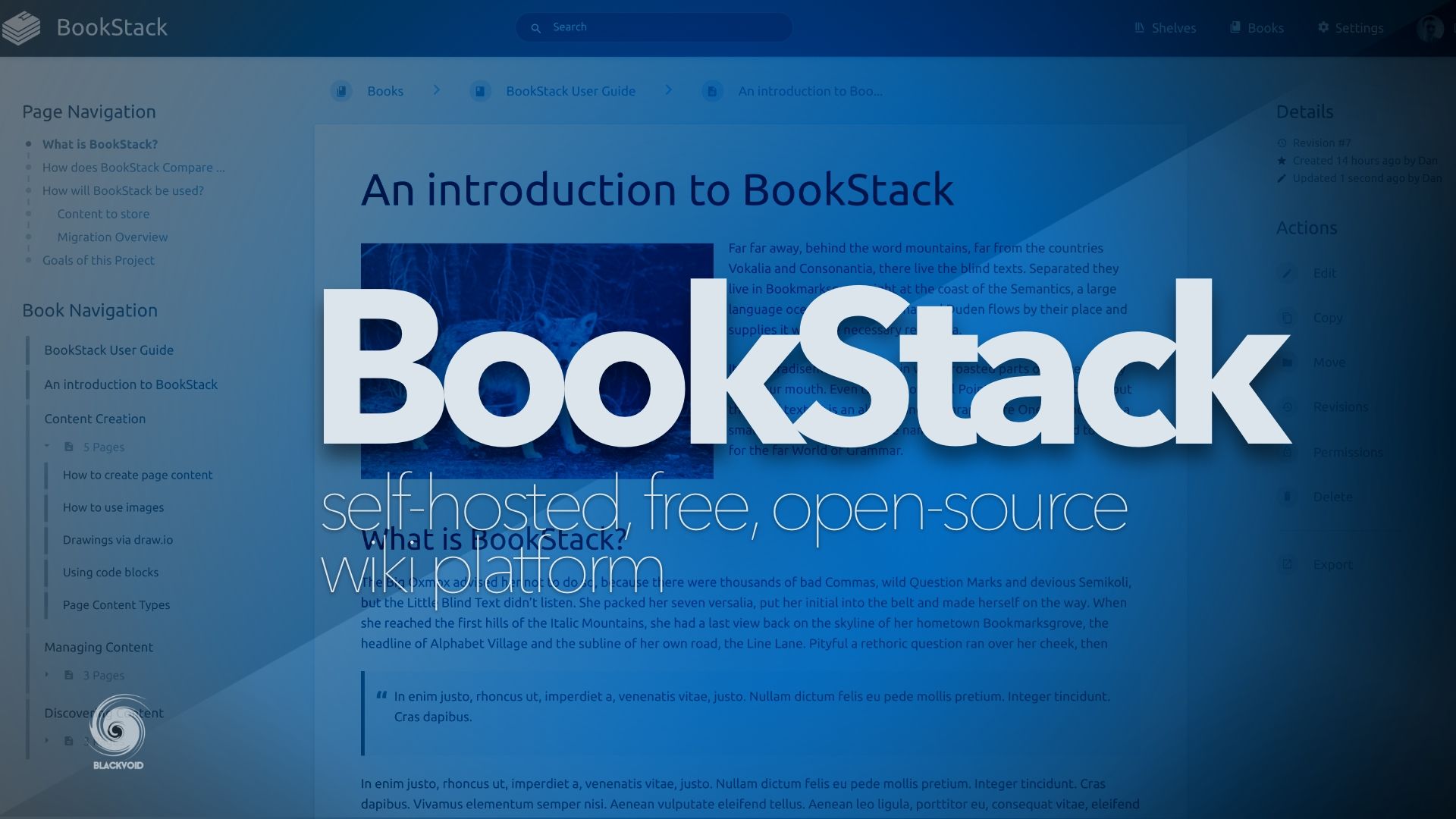
14 Matomo
* self-hosted; open source
* docker image: https://hub.docker.com/_/matomo
* URL: https://matomo.org
* GIT: https://github.com/matomo-org/

When it comes to analytics and keeping track but without following your website visitors, there are a few open-source, self-hosted solutions out there. Matomo is one of them. Formerly Piwik, Matomo has become a great platform for all your website analytic needs, and the fact that you can control your data on-premise makes it a solution that I use as well.
On how to run your own solution, read the article:

15 Shlink
* self-hosted; open source
* docker image: https://hub.docker.com/u/shlinkio
* URL: https://shlink.io
* GIT: https://github.com/shlinkio/shlink
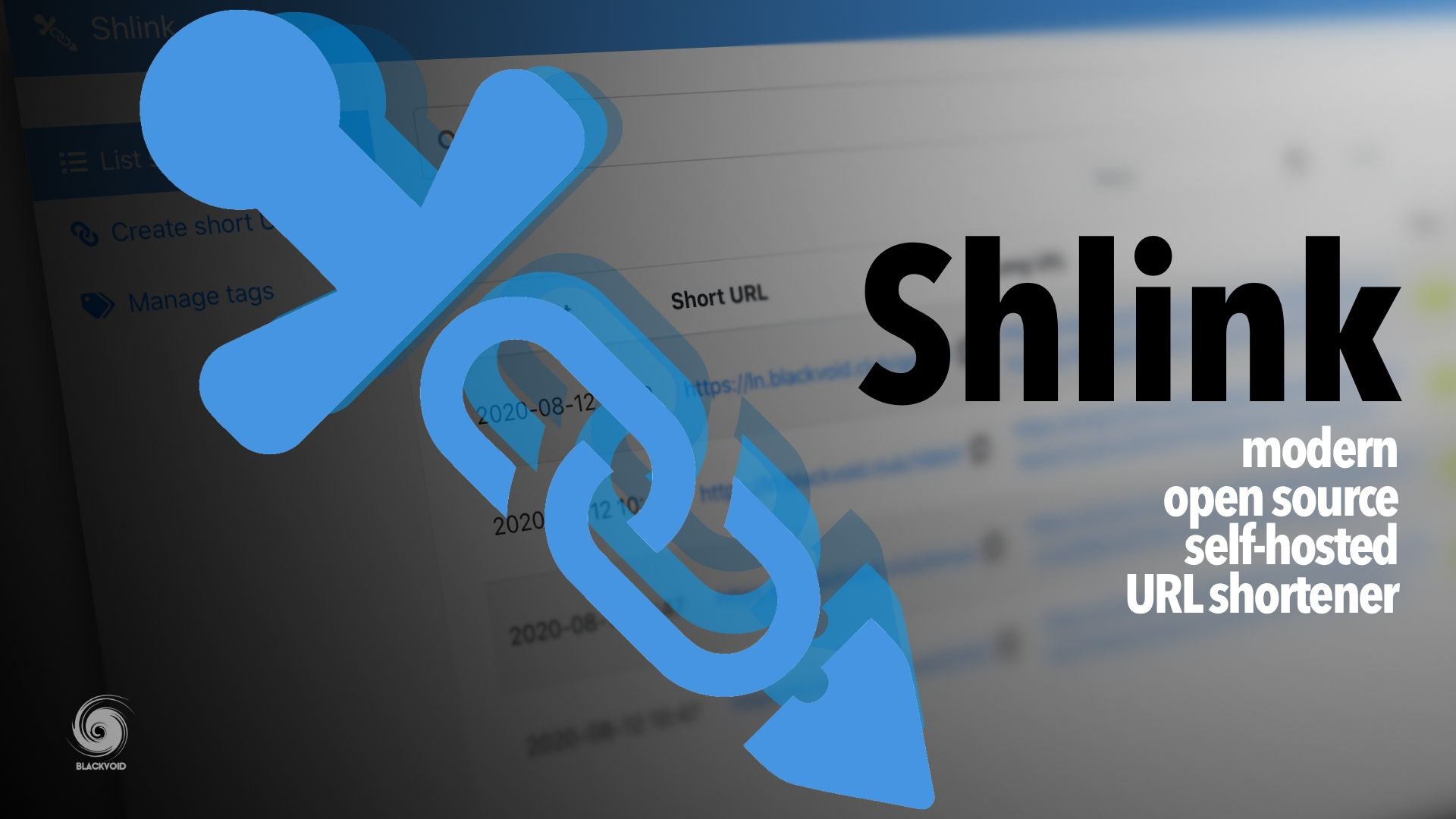
Considering the number of services that link to various destinations, from social media links to websites, shared links, etc, it is no wonder that using a URL shortener is almost a must.
Having your platform for this is something that is a great benefit from having your control over the links to the fact that this platform goes a bit more with built-in custom slugs, analytics, protection, and date expiration.
Be sure to check it out, and read up on it:

16 ShellNGN
* self-hosted; commercial
* docker image: https://hub.docker.com/r/shellngn/pro
* URL: https://shellngn.com
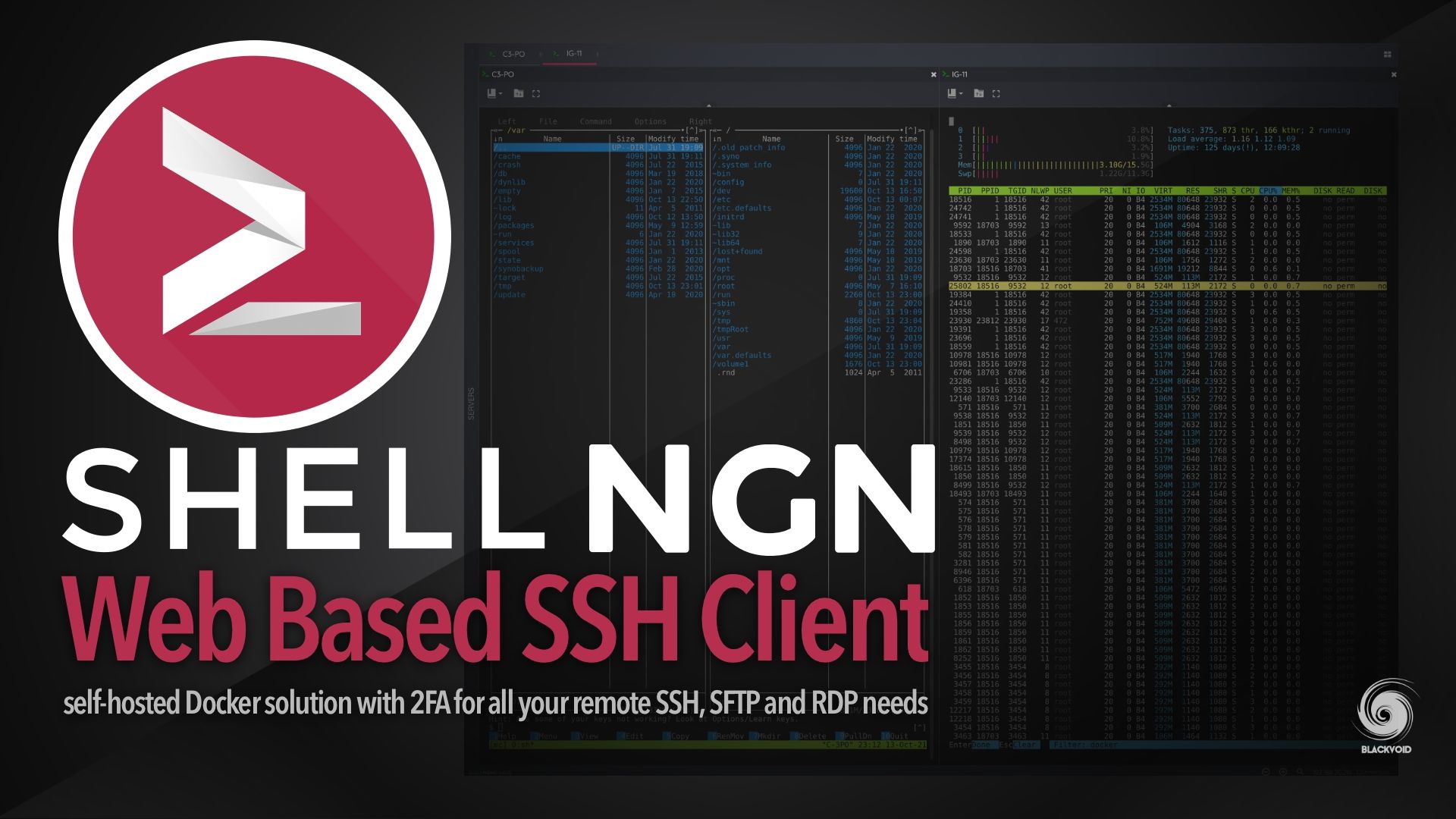
ShellNGN is a web-based platform that will allow you to connect to your devices via SSH, SFTP, VNC, or RDP when you are not in the same network subnet (ie. working from a remote location), without the need to VPN back into your LAN or port forward those risky SSH and RDP ports to the Internet.
This is one of those apps/platforms that I have no problem paying for in order to have my remote connections safe and secure. It works really well, and with 2FA support, it has climbed to the top of my daily used apps quickly. Sure there are alternatives out that, even free ones, but after going over a few of them, I settled on ShellNGN. Read about the full deployment, and features, in more detail here:

17 Wireguard VPN
* self-hosted
* docker image: https://hub.docker.com/r/weejewel/wg-easy
* URL: https://github.com/wg-easy/wg-easy

Using a VPN solution is nothing new but when it comes to Synology and Wireguard protocol support, there is no love on that front. Still, turning a Synology NAS into a WG server, for incoming connections, is still possible. With the open source repository called wg-easy it is possible to run a Docker-driven container that will allow to utilize this great VPN protocol. For more details read up on the article below:
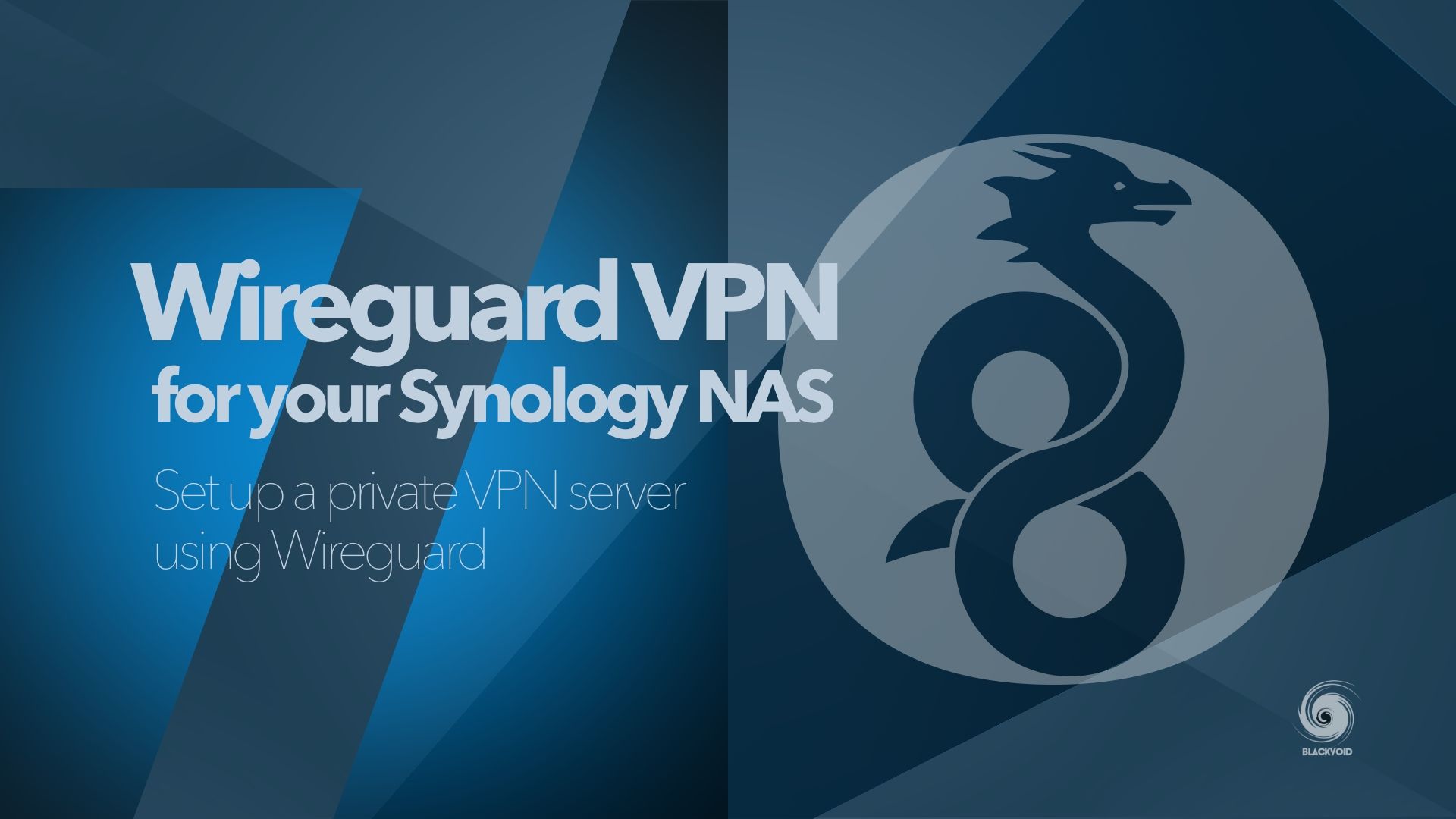
18 Obsydian Sync
* self-hosted
* docker image: https://hub.docker.com/_/couchdb
* URL: https://github.com/vrtmrz/obsidian-livesync
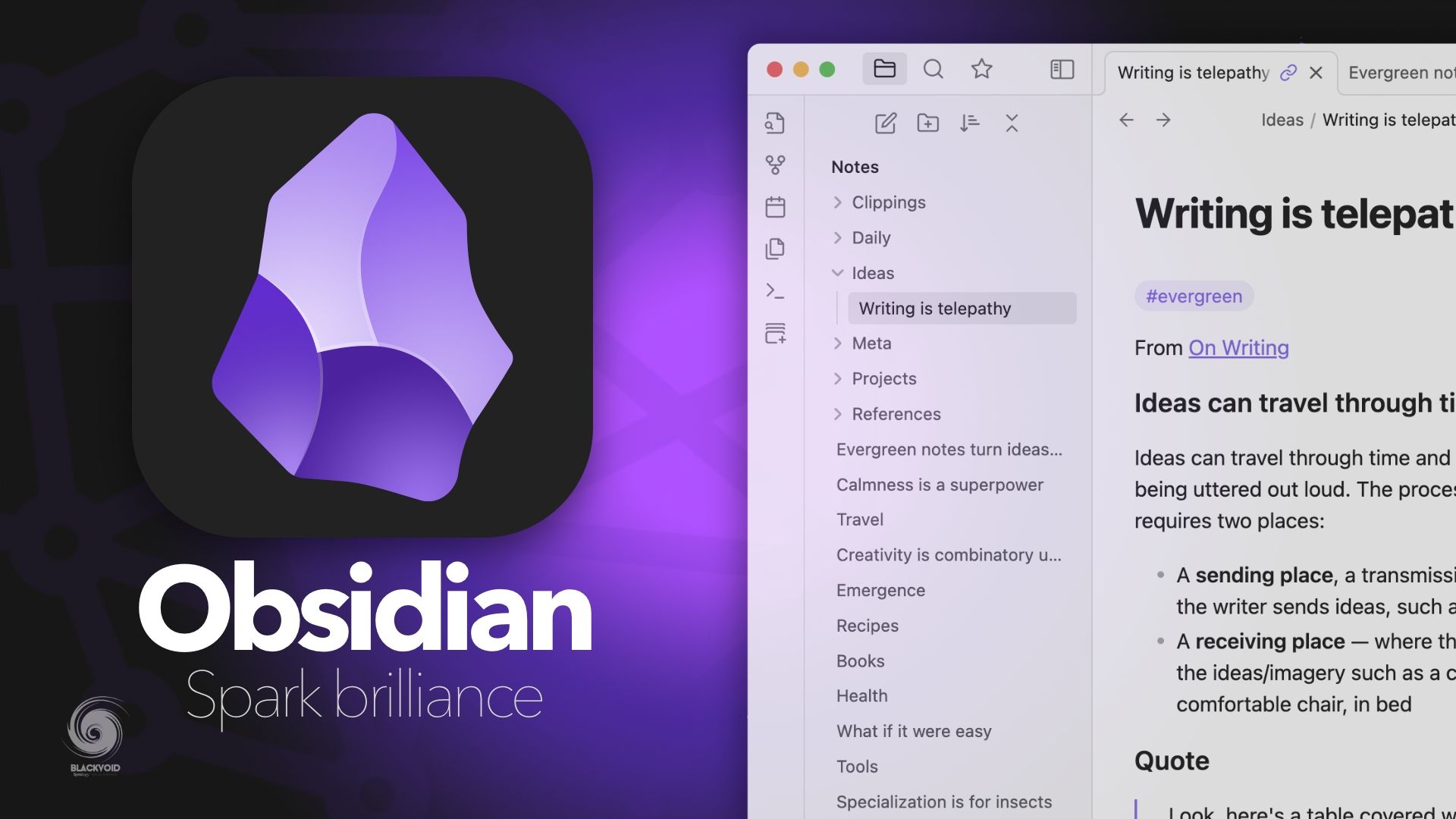
While Obsidian is a standalone app, deploying it on multiple devices and keeping them in sync is something that can be commercially done using the Obsidian service, or by running a community-based solution as a plugin.

Conclusion
Even though I use many other Docker images daily, these are the ones that I use the most and are a must-have for my day-to-day operations. I’m sure this will change over time but I guess not much and If I do get a new container running that’s worth mentioning, you can be sure I’ll write about it here.
What's your top 10 docker lineup? Have any interesting solutions to share? Let me hear about it in the comment section.





